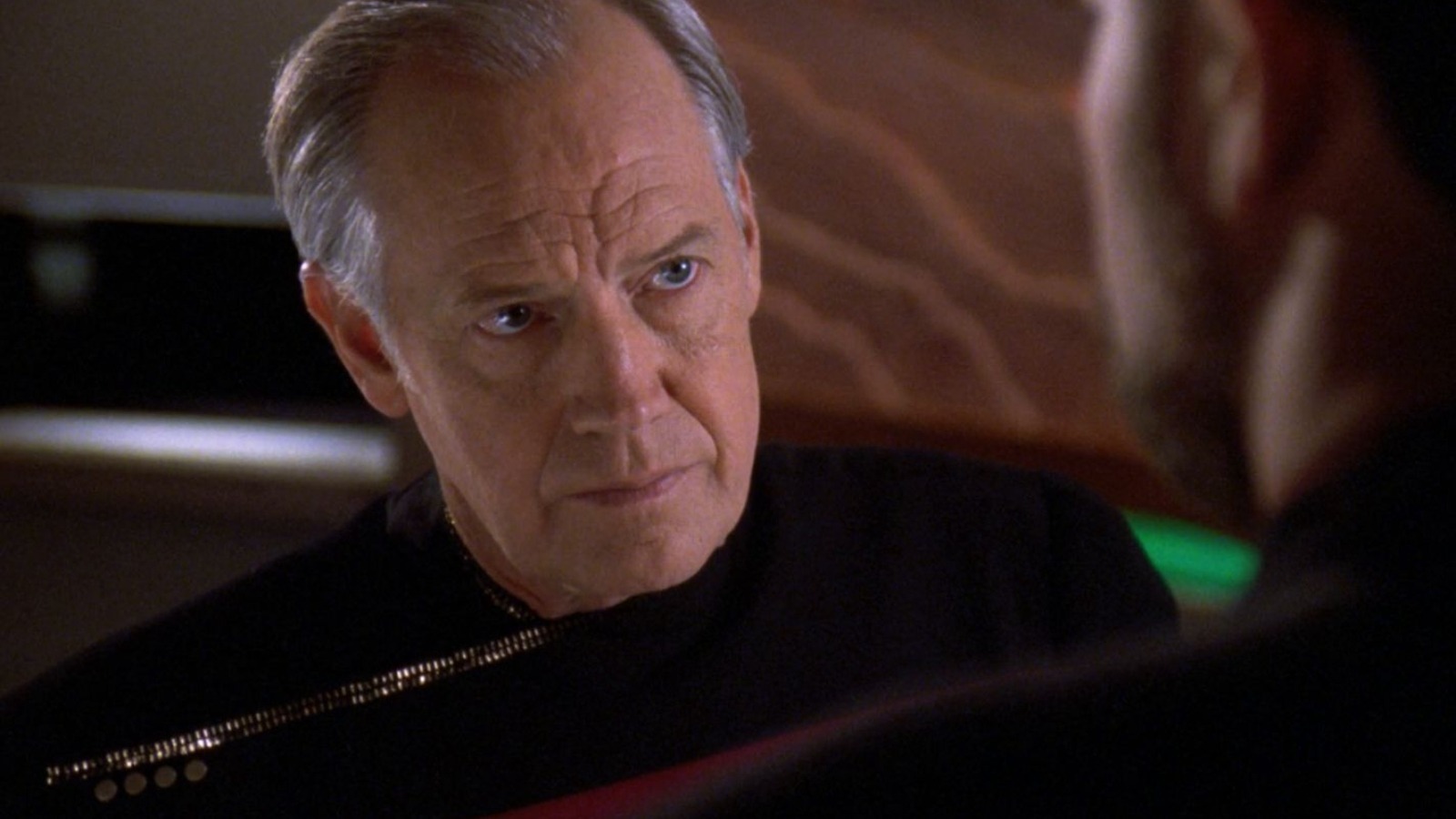
The premise of “Tapestry” is intense: Picard dies after suffering a phaser blast to the chest. He awakens in the afterlife, greeted by the playful space deity Q (John De Lancie). Q explains to Picard that his artificial heart malfunctioned, and that if Picard had an organic heart, he would have survived the phaser blast. Picard explains that he lost in heart in a knife fight when he was 21, having instigated a bar brawl with some 7-foot-tall Nausicaans. Q offers to send Picard back in time to rewrite history, stop the brawl, and save his heart. Picard accepts.
The adult Picard, however, had forgotten how impulsive and irresponsible he had been at age 21, and is shocked to find how reckless his friends were. He tries to apply his adult wisdom to his younger self, and he manages to stop the bar brawl he instigated. In so doing, however, Picard alienates his friends, displays a distinct lack of daring, and emerges on the other side cautious, callow, and weak-willed. Wisdom, he finds, cannot be directly applied to youth. He needed to learn by making mistakes.
When Q whisks Picard back to his adult life, now with his organic heart intact, everything is altered. Picard is now a lowly lieutenant on the Enterprise, having made it to his 60s with no career ambition.
The captain of the Enterprise in this altered timeline is said to be a previously unmentioned character named Thomas Holloway. But in the original draft of the “Tapestry” script, writer Ronald D. Moore wanted the alternate Enterprise to be commanded by Edward Jellico. Moore decided against it, though, perhaps feeling that the reference was too insular.


Leave a Reply